Magnus wind turbine
A cursory look at the wind turbine using Magnus (effect) you will be little doubt that it is possible to spin, and even generate energy. She has no profile leaves or blades and surfaces exhibiting with the onslaught of the wind.
It's about a cylinder, or a spherical object, the surface of which takes place a special phenomenon described by the German physicist Heinrich Gustav Magnus.
What is Magnus
At a sufficient distance from the rotating cylinder is flow of air is disrupted, therefore, varies the speed of the wind. How to get into contact with the rotating cylinder, it moves the air on one side in the opposite direction than the direction of the wind, the roughness of the surface of the rod causes friction, which pulls the air in the direction of its rotation. The speed of this air is the same as the speed of the cylinder and a gradient speed. On the opposite side of the rod accelerates the air after the direction of its rotation. The air then flows faster than the speed of the wind.
According to Bernoulli's law, higher air speed on one hand, causes a decrease in pressure than the slower air on the side opposite. This creates a force acting on a cylinder, which is called Magnus.
static cylinder in a floor plan – when wrapping the air does not arise magnus effect
the rotating cylinder, the emergence of the magnus effect
The effect can be invoked only for the rotating objects the shape of a cylinder, or sphere. Footnote: there is also mention of the experiments with a toroidal shape (toroidem need american candy donut).
The practical use of effect is now often referred to as a wind powered ships without sails. Erect cylinder using the engine rotates around the center. The wind flows around the cylinder and creates the magnus effect, which drives the ship forward.
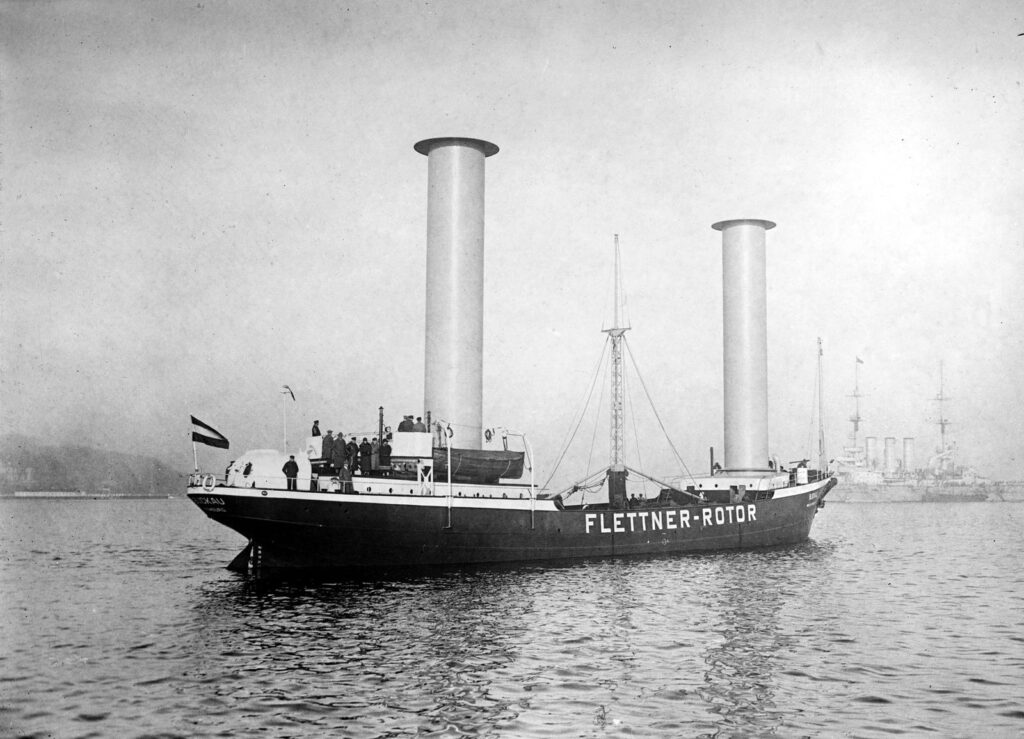
Hybrid wind turbine: Magnus and resistive turbine
Commonly known wind turbines are a static installation. They are then firmly anchored to the surface of the Earth, or installed on the premises of the firmly united with the earth's surface. The exception are the experiments with flying wind turbines, but that's another chapter. The condition for the emergence of the magnus effect is to bring the cylinder into rotating motion.
Installation of magnus's propulsion used on the ship transferred to the firmly anchored version of the pinwheel on earth, however, means the need to actively turn down the cylinder and at the same time, benefit from it the energy of the rotational motion.
It offers the possibility to place on one vertical axis omni-directional turbine (savonius and other types of resistive turbines), together with the magnus turbine, i.e. a cylinder with a rough surface. Resistive turbine then spins the cylinder magnus turbine, which generates the resulting energy. These hybrid turbines, however, are on the edge of interest.
Another variant of the hybrid turbine is a combination of multi-directional resistance of the turbine with magnusovými cylinder on výložnících.
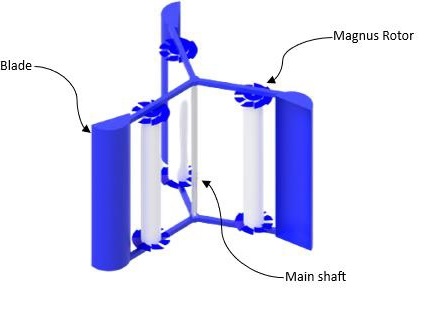
Vertical turbine - magnus ' turbines on výložnících
This group of turbines has a central axis of rotation connected to the generator and the war-inducing magnus are placed on the výložnících in the number of at least two pieces. Another, often described variant, are the turbines with three cylinders on výložnících. Since magnus is generated during the rotation of the cylinder, it is necessary to all reels actively spin around the vertical axis.
In practice it is used either common engine with the mechanical manifolds for each cylinder which is mechanically more challenging variant. Or is each of the magnus turbine equipped with its own engine.
At the moment when the shoulder with the magnus turbine located on the leeward side of the turbine, it is necessary to switch the direction of rotation of the cylinder, so there was no braking. The complexity only grows. For inspiration, here is a link to the production number of commercial turbines: manufacturer's website vertical magnusových turbines with deflector (English)
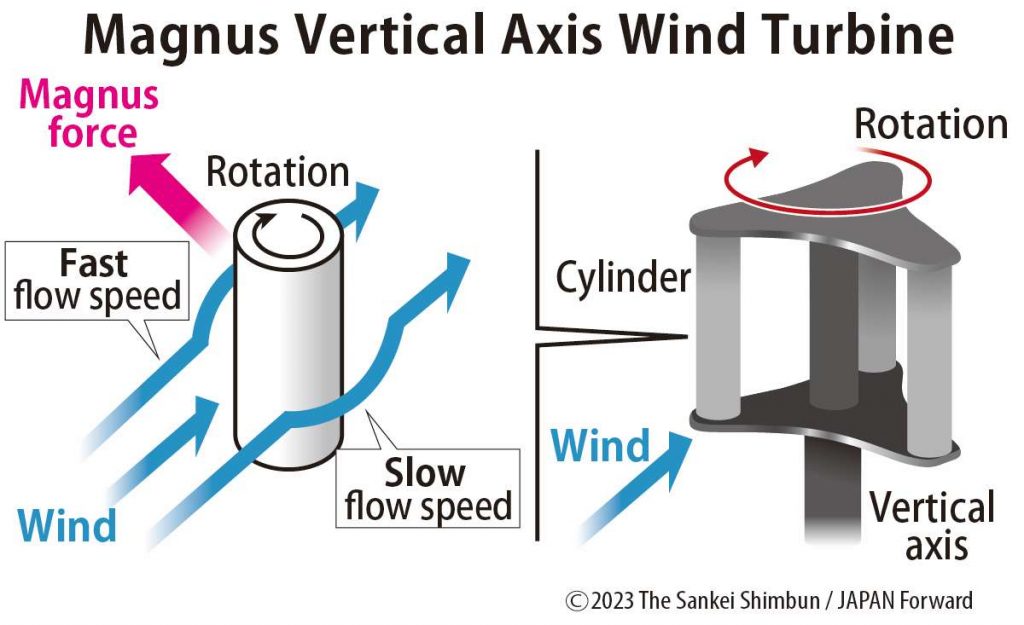
Horizontal magnus turbine - directional turbine
Turbine looks like a horizontal buoyancy turbine, but instead of aerodynamic leaves is equipped with several rotating cylinder – magnusovými turbines.
Rotating cylinders are symmetrically spaced perpendicular to the center of the rotational axis of the whole turbine. This axis is associated with an electric generator located in the nacelle of a wind vane. This is a directional turbine when it is necessary to always shoot the forehead of the turbine perpendicular to the direction of the wind.
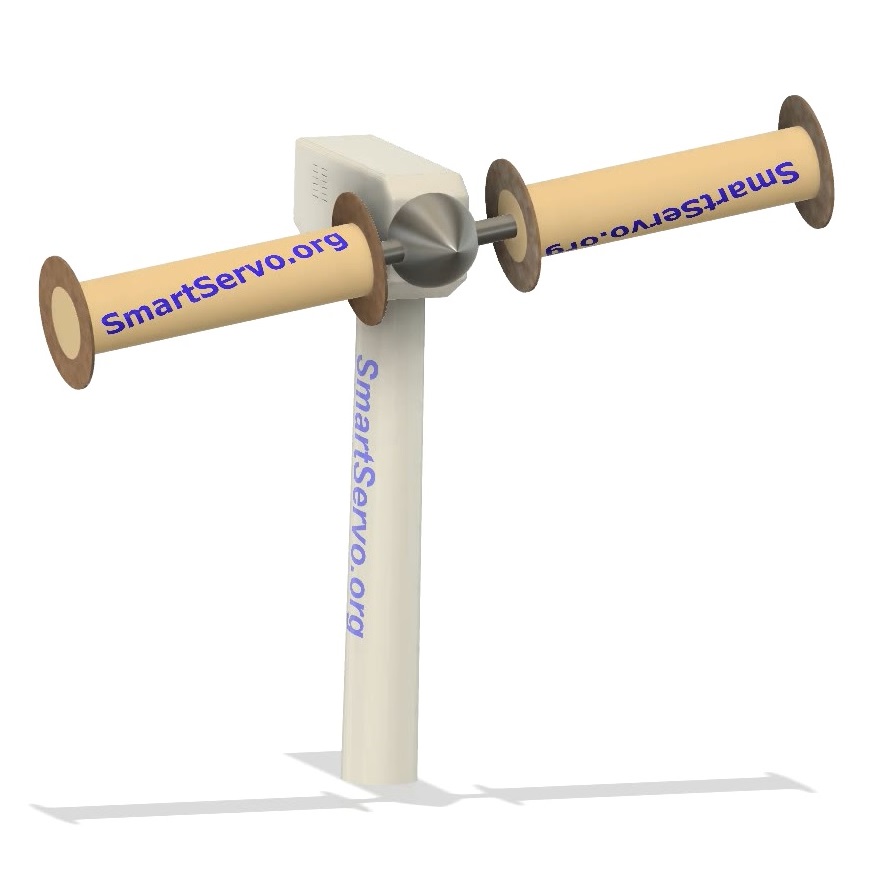
There are also the projects that improves the characteristics of the turbines channeling the flow of wind to the ever increasing faith by the addition of small blades on both ends of the tube magnus turbine. More about the experiment, please refer to: Increase the Magnus effect by adding blades https://smartservo.org/ways-enhance-magnus-effect-en/
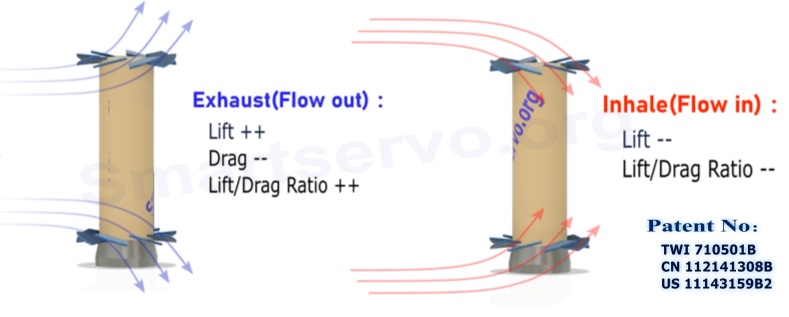
Devices operating on Magnusově of the phenomenon they have the potential to work from low wind speed. Commonly reported the launch speed from 3 m/s effective wind speed 6 m/s . It counts even with a working range of speeds from 2 to 40 m/s. In some turbines it is possible to meet with a paper effect greater than 50 %. I'd be careful here, because the figure is close to the maximum theoretical efficiency, the so-called Betzův law (59,3%) and it is not entirely clear whether it is the efficiency of the already adjusted for energy, which is necessary to issue for the rotation of the cylinder.
Sources:
- The description of magnus's phenomenon (Czech)
- Detailed description of the small horizontal wind turbine (English)
- Site of the manufacturer of vertical magnusových turbines with deflector (English)
- A treatise on the hybrid Savonius-Magnus wind turbine (English)
- Increase the Magnus effect by adding blades (English)